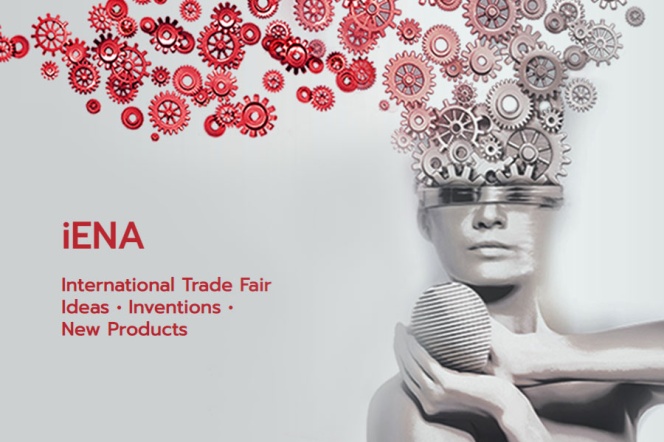Date added: 2022-11-09
Silver medal received at international trade fair

„iENA „Ideas – Inventions – New Products”, an event devoted to presentation of innovative solutions in various areas of science, was attended by 500 participants from 35 countries. The invention developed at Gdańsk University of Technology was submitted by PKN ORLEN (Polish Oil Company) and received a silver medal for invention, new product category.
The probe for measuring the corrosion rate is a result of the KORMON project acquired by PKN ORLEN as part of the INNOCHEM program. The probe was designed and constructed by a team of researchers from Gdańsk University of Technology under the supervision of Prof. Kazimierz Darowicki, including: Juliusz Orlikowski, PhD, DSc, Eng., Grzegorz Lentka, PhD, DSc, Eng., Mateusz Cieślik, MSc, Andrzej Dul, Eng and employees of PKN ORLEN: Iwonę Łuksę, MSc and Radosława Gosposia, MSc.
This is another distinction for the invention from Gdańsk University of Technology. The probe recently received Grand Prix award and a platinum medal for the most valuable invention in the industrial sector at INTARG®2022, the 15th International Fair of Inventions and Innovations.
About the invention
The innovative integrated system of dual corrosion sensors enables simultaneous monitoring of the uniform corrosion rate and steel hydration in real time (on-line). The solution is based on the resistivity technique, which is used to monitor the rate of corrosion of metals / alloys in various environments, including the oil & gas sector. In a resistometric device available on the market, a special sensor is placed in the analyzed process stream, e.g. in a pipeline or apparatus, where it corrodes over time. The rate of corrosion by reducing the cross-section of the probe is proportional to the increase in its electrical resistance, which is continuously measured through the measuring module outside the pipeline / apparatus. The corrosion rate is calculated from the change in electrical resistance in real time.
– Commercial devices based on the resistometric technique do not make it possible to distinguish between the phenomenon of uniform corrosion and hydrogen embrittlement - explains Prof. Kazimierz Darowicki – Our invention consists of a system of double sensors: the main sensor and the reference sensor. The main sensor is susceptible to uniform corrosion and hydrogenation, the reference sensor is only susceptible to hydrogenation and at the same time resistant to corrosion. The distinction between the phenomena is crucial due to the completely different approach to the risks associated with different corrosion mechanisms and therefore different actions taken by refinery employees – explains Prof. Kazimierz Darowicki.
Application of a dual corrosion system operating in real time makes it possible to visualize current situation in terms of uniform corrosion and hydration. System operators can control and immediately react to threat of increased corrosion through appropriate remedial actions, e.g. adjusting process parameters or increasing the doses of anti-corrosion agents.
– Real-time monitoring of the corrosion and hydrogenation rate of steel enables the prediction of the longevity of structural materials and greatly reduces the likelihood of emergencies that result in an unplanned shutdown of an industrial plant due to corrosion or hydrogen embrittlement – emphasizes Prof. Kazimierz Darowicki. The entire wireless corrosion monitoring system based on dual corrosion sensors has been implemented in the PKN ORLEN catalytic cracking installation.

